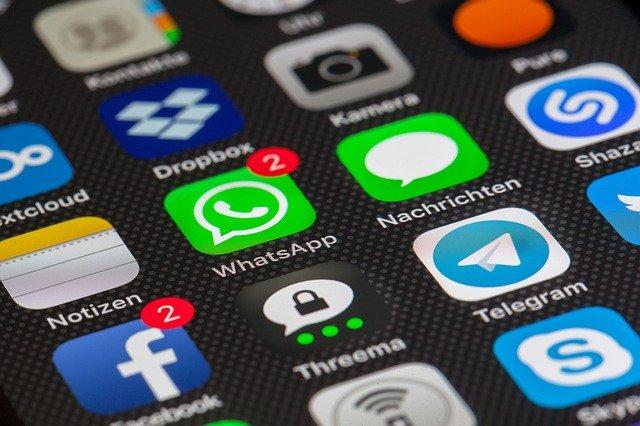Trademarks are commercial signs that distinguish one product or service from another. In Apple’s App Store and Google Play, different products and services are differentiated from each other primarily by their icons. Mobile app icons are therefore clearly trademarks. Here are some particular trademark issues with icons.
Classification
Mobile apps are downloadable software products, belonging in class 9 of the Nice classification system. The mistake many companies make when registering their app name or icon as a trademark is that they limit the application to downloadable mobile applications in class 9.
A more comprehensive way to think of mobile applications is not to see them as just software products, but as a delivery method for some other primary service. The Uber mobile application is essentially a transportation ordering service. Transportation services belong to class 39 in the Nice classification system. Google’s Gmail app is an email service belonging to class 38 in the Nice classification. Facebook’s Instagram is a service enabling users to publish photos and multimedia for others (class 41). It is important to protect the app icon (and name) also for the underlying service that is being provided by the app.
Another aspect to consider is that as mobile applications belong to class 9 (as said above), possible obstacles for registration may include apps that are for completely different purposes. Currently the EU trademark office allows registration for mobile applications without need to specify the field or industry for which the mobile app relates to. Therefore, a trademark application for a travelling app could be blocked by a banking app, although banking and travelling are not similar services. In some countries, like in the US for example, it is necessary to specify the field or industry that the app relates to, and the USPTO takes the view that two software products are presumed to be similar merely because they are software. What matters is the substance.
Other icon issues
App icons can and should be protected just like other trademarks. The main requirement, as with other types of trademarks, is that they must be distinctive. Since app icons typically have a strong visual component, they will often be considered sufficiently distinctive.
From a commercial perspective, the icon must be really unique and distinctive to not only be registrable as a trademark, but more importantly to stand out from the sea of other applications in the app store. Compared to other retail environments, they compete against a vast number of other applications, some for the same purposes, some for similar purposes, and others for different purposes. By analogy, it is almost as if all food products were on the same shelf in the supermarket. To be noticed in the crowd of thousands of other apps is not easy. Furthermore, since the space is limited in an icon, there is less room for variety, making having a unique icon even more difficult.
As with other types of trademarks, it is important to make sure that there are no confusingly similar app icons already in the marketplace. There are already cases where a mobile app icon was considered to be an infringement of another protected app icon. Companies should not consider app icons any less important than any other trademarks and proper searches should be conducted before using or registering an icon.
Another aspect to take into account when registering app icons as trademarks is that trademarks are territorial, unlike apps. It is easy to make an app available for the whole world, but trademarks must be registered country-by-country (the entirety of the EU can be covered with one EU trademark). It is possible that the use of an app icon infringes prior rights in some countries, but not in others. While it is technically possible to limit the apps to only certain markets, it is in practice difficult to operate if the app has to have different names and icons in different countries.
Finally, in addition to trademark rights, app icons can be protected by copyright. The advantage is that there is no registration requirement for benefiting from copyright protection and the protection is automatically nearly global. Copyright protection arises if the icon is considered sufficiently original. However, relying merely on copyright protection is not an advisable strategy since enforcing copyright has its own challenges.
Conclusion
You should be mindful when designing app icons that they, too, are trademarks. They differentiate your software product from all other software products. Here’s a quick checklist for your app icon.
- Design it to be sufficiently distinctive for trademark registration
- Make sure that there are no prior icons that are confusingly similar. Make proper searches at least in trademark class 9 and in that class where the underlying service (banking, transportation, etc.) belongs
- Register your app icon as a trademark in class 9 and in the class where the underlying service belongs
- Make sure you can show in written agreements the transfer of copyright from the designer to your company (even when the icon is designed by an employee)



